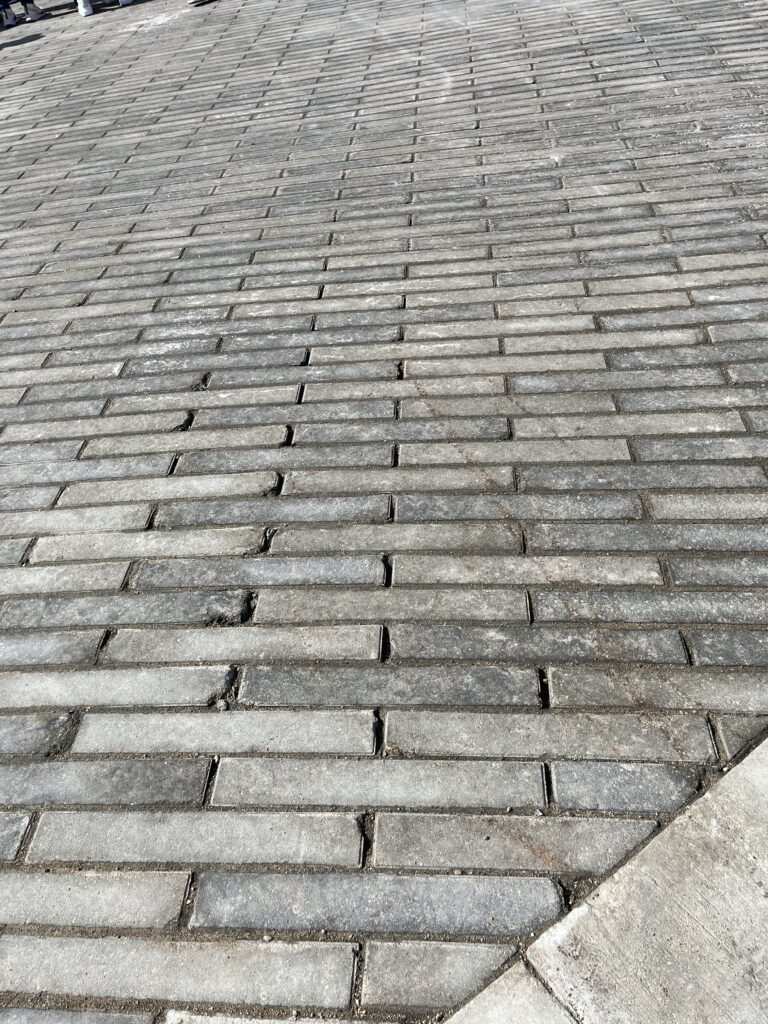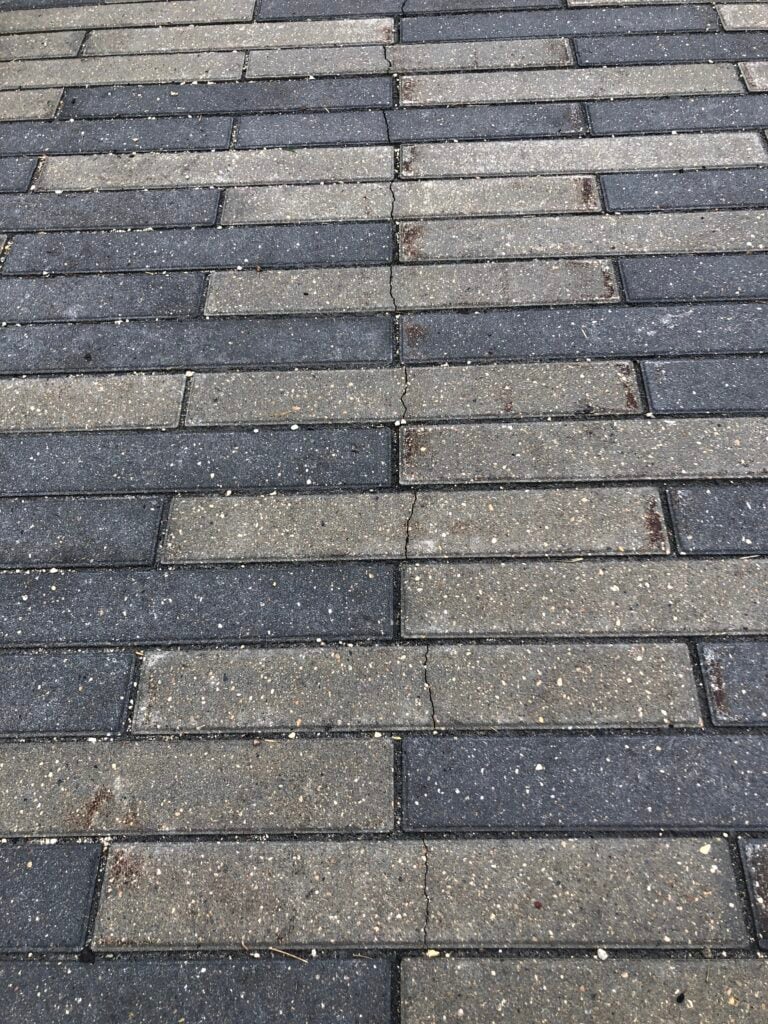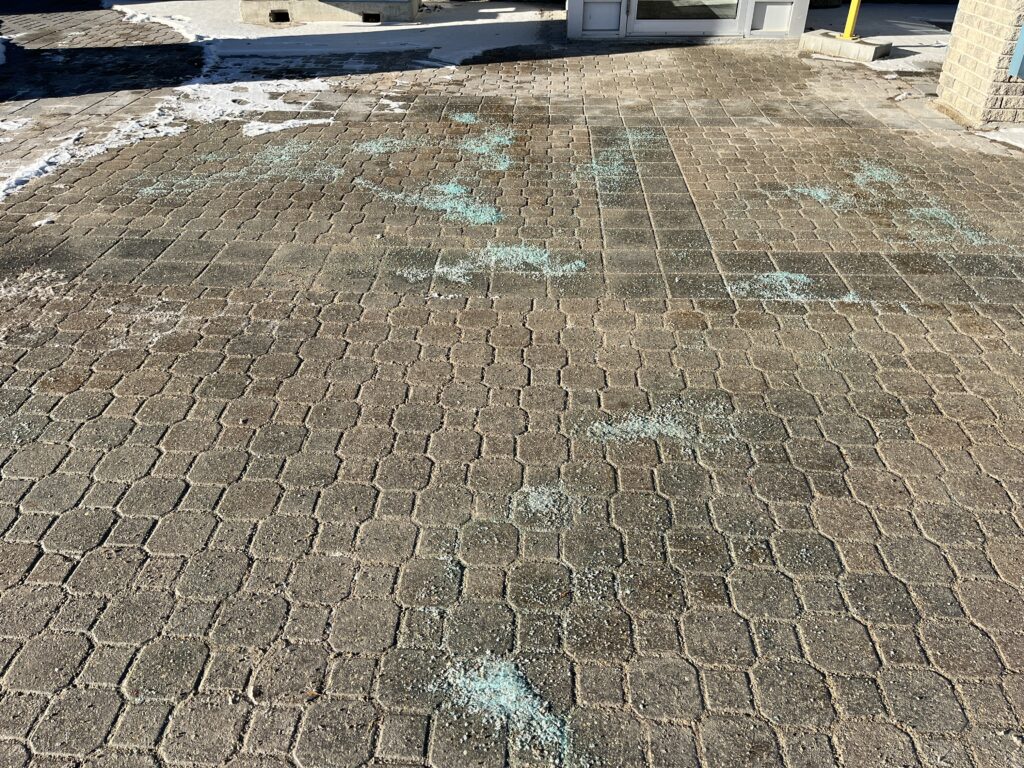Written by Barkman Concrete Published on January 8th, 2024
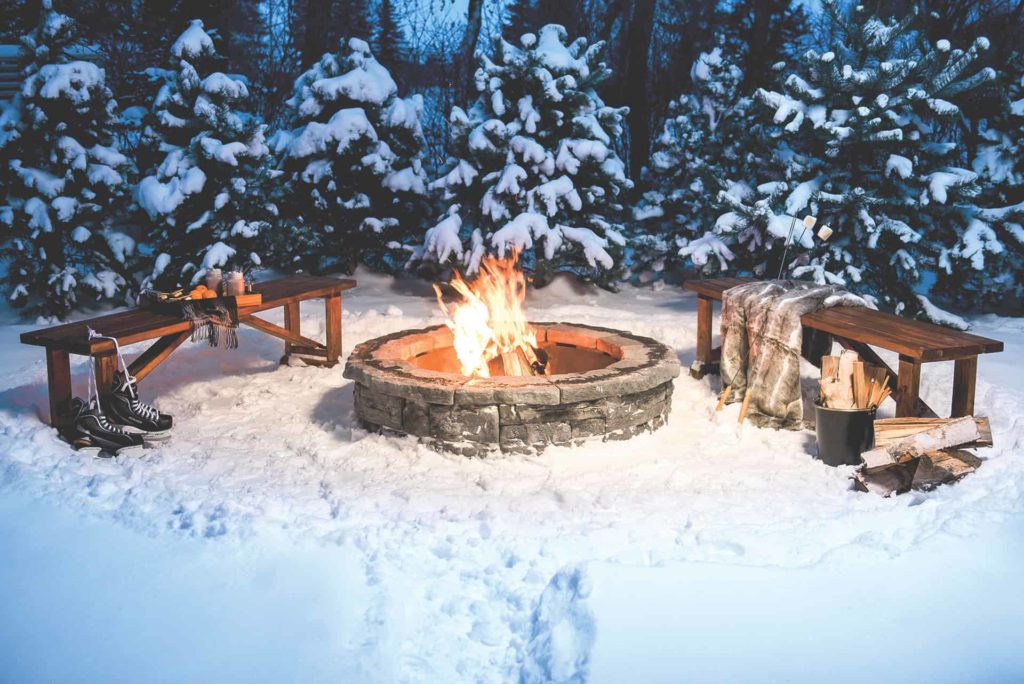
Concrete pavers are not just a practical choice for your outdoor spaces; they also contribute significantly to the aesthetics of your landscaping. Their durability and versatility make them a popular choice for driveways, patios, and walkways. However, as the winter season approaches, these pavers face challenges from freezing temperatures, snow, and ice. Being a Canadian company, we know all too well the harshness of a winter climate. That’s why all our pavers undergo rigorous testing with freeze/thaw cycles to ensure our products can withstand any climate you’re in.
In this blog post, we will explore the importance of proper winter preparation and maintenance to preserve the beauty and integrity of your concrete pavers.
Winter Preparation for Concrete Pavers
Before the first frost sets in, preparing your concrete pavers for the harsh winter conditions is crucial. Neglecting this step can lead to costly repairs and diminished curb appeal in the spring. Here are the essential steps to get your pavers ready:
1. Cleaning the pavers: Start by removing debris, leaves, and any stains that may have accumulated during the fall. A pressure washer or a stiff brush can be helpful in this process. It is important to note that if you use a pressure washer, use it on a lower setting to avoid damaging your pavers. This is essential to do before freezing temperatures are a regular occurrence, so it is best to clean your pavers in the Fall.
2. Inspecting for damage: Carefully inspect your pavers for any cracks, unevenness, or other imperfections. It is best to address any issues you may notice in the Spring, so make a note of the issues you find and take pictures so you can be reminded once Winter passes. Pictures help as a reference point to see if any issues you noticed change from Fall to Spring.
3. Applying a sealer: Pavers are a great way to have a low-maintenance but beautiful yard. Most of the time, concrete pavers do not need a sealer and will perform well regardless. However, if you are looking for a certain finish or colour after they are installed, you can apply a sealer. Remember that applying a sealer will need to be removed and reapplied every couple of years or sooner, thus creating a little bit more maintenance for your pavers. Sealing your pavers can create a barrier that prevents moisture from seeping in and causing damage. First clean off any debris and dirt to prep for the winter season, then apply your sealer.
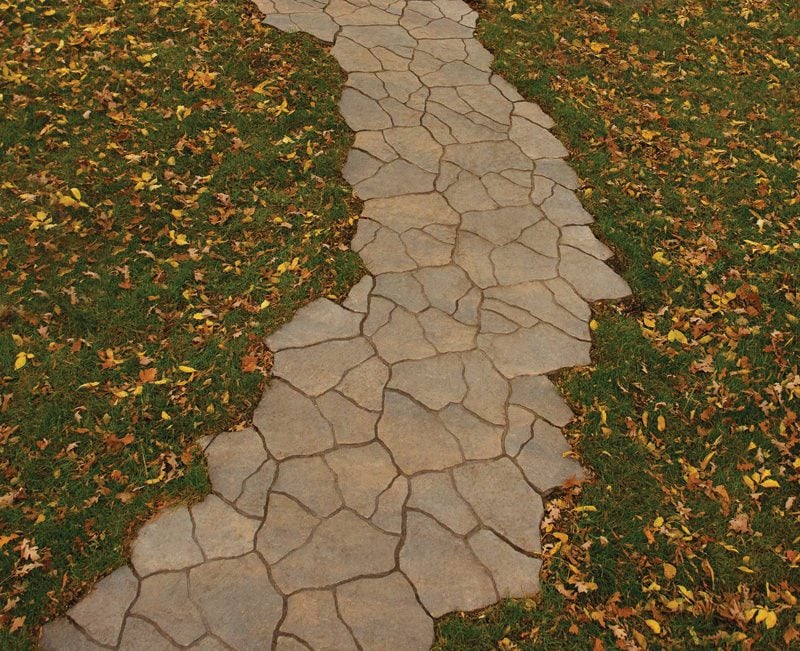
Snow and Ice Removal
Once winter is in full swing, you’ll want to take the proper steps to remove snow and ice from your concrete pavers without causing any harm to them. Here are some tips for safe removal:
1. Use snow shovels with plastic blades: opt for snow shovels with plastic blades to avoid scratching or damaging the pavers. Metal shovels or ice picks can chip the surface, meaning you may have to replace some pavers come Spring. Using metal shovels or blades can cause scratches, which can deposit metal shards into the surface of your pavers, causing rust. When shovelling, it is best practice to shovel the snow diagonal to your paver pattern to avoid catching on the edges of your pavers. If you opt to use a snow blower, make sure to adjust the shoes of the blade so it is not touching the surface of your pavers directly. This is to avoid scraping the surface.
2. Avoid harsh de-icing products: Choose de-icing products that are safe for concrete pavers and use them sparingly, as some products can harm the pavers over time. Be sure to factor in the climate when you are choosing salt. Ingredients like sodium chloride are only effective until a temperature of –9C (15F). Use salt sparingly to loosen ice so it can be removed. Salt should be removed as soon as possible so it will not penetrate your pavers.
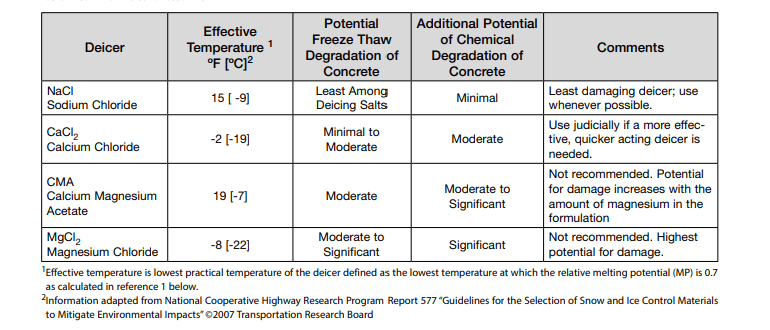
As you can see from this chart, NaCl is the best option to use on your pavers, while CMA and MgCl2 can cause significant damage and are not recommended.
Preventing Ice Formation
Preventive measures and continuous maintenance can reduce ice formation and keep your pavers in good condition throughout the winter.
1. Proper drainage: When installed correctly, most pavers will drain water naturally. Keep an eye on your pavers and ensure water does not accumulate on the surface.
2. Snow removal: Regularly remove snow to prevent compacted snow from turning into ice, which can be difficult to remove.
3. Use sand or kitty litter: As mentioned earlier, de-icing salts can be harsh on your pavers and should be used sparingly. Spreading sand or kitty litter can improve traction on your pavers to prevent slipping and sliding if ice forms.
4. Address stains and spills: Quickly address any stains or spills to prevent long-lasting marks on your pavers. If you notice a white substance on your pavers, here’s a guide on what it is and how to treat it.
Examples include rust deposits, cracks and scrapes from improper snow removal, and excessive salt usage.
Spring Restoration
When spring arrives, it’s time to restore your concrete pavers and prep them for the summer season:
1. Thorough cleaning: Clean the pavers thoroughly to remove any residues left behind by winter.
2. Reapply sealer: If necessary, reapply sealer to maintain the protective barrier on the surface.
3. Address winter damage: Record any issues you notice before the snow falls. Reassess the pavers for any damage or wear and address them promptly to ensure their longevity.
If you want to read more on how to take care of your pavers come Spring, read our blog post here.
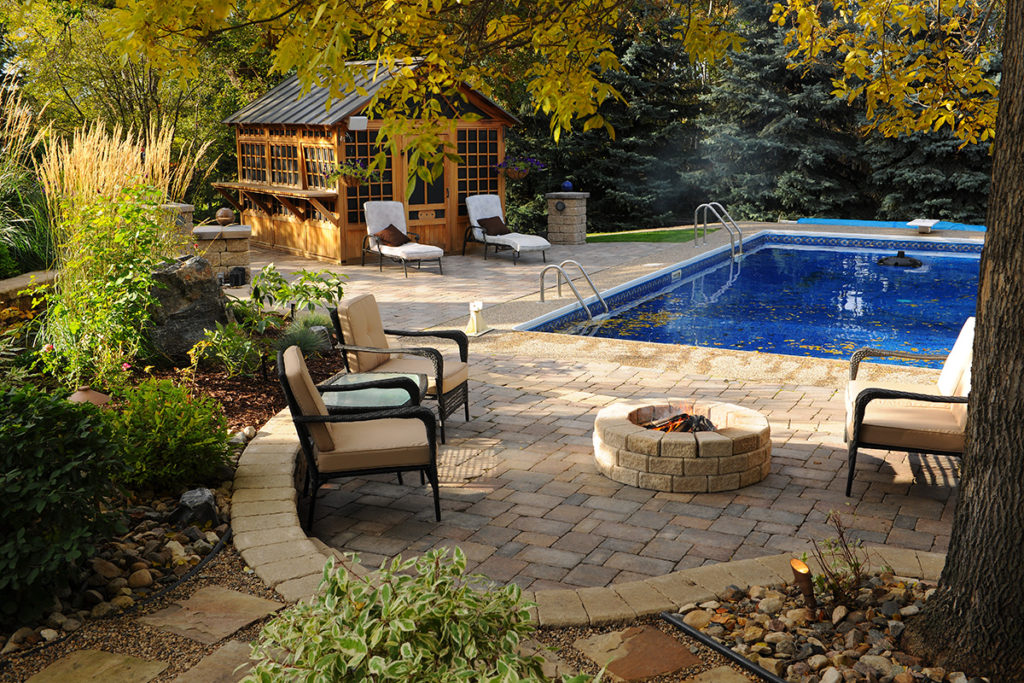
As a final note, it’s essential to avoid common mistakes people make during winter paver care, such as using rock salt, using metal tools for snow removal, or neglecting maintenance. Without these small steps, your pavers may crack, chip, stain or rust. Taking care of your concrete pavers during the winter is a proactive step that will pay off in the long run. By following the steps outlined in this blog post, you can extend the life and appearance of your pavers, ensuring that they continue to enhance the beauty of your outdoor spaces year-round. Don’t wait until spring to assess any damage; start your winter preparation and maintenance now to enjoy your pavers for years to come.
If you would like more information, you can check out the technical sheet here.













